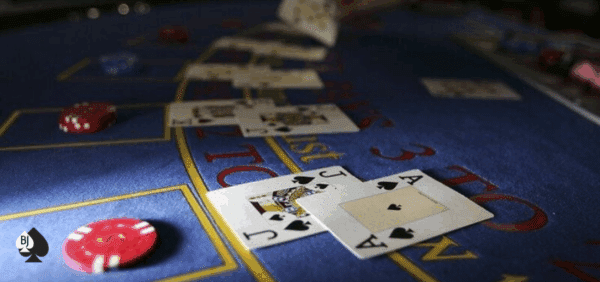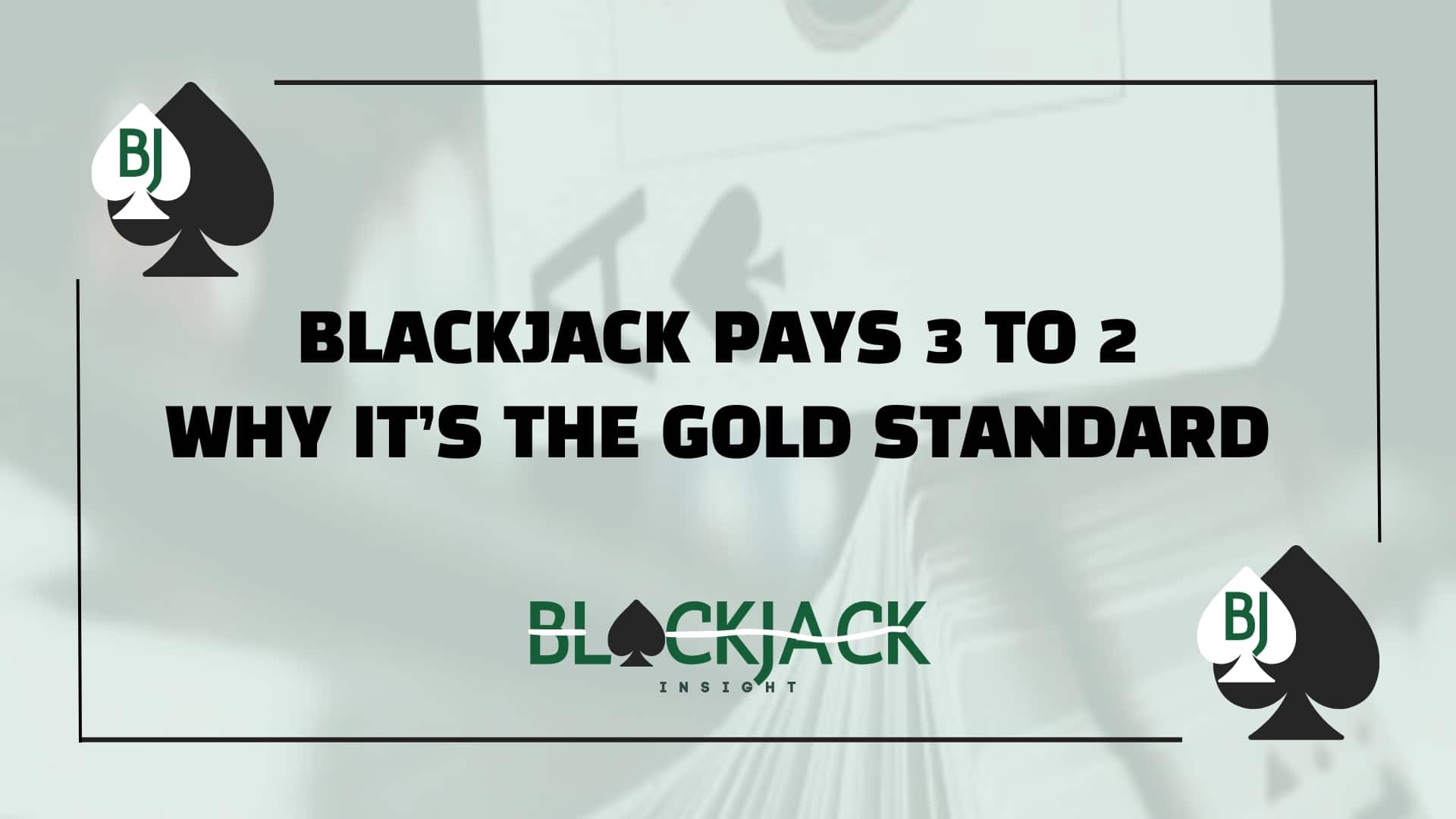Blackjack Pays 3 to 2: Why It’s the Gold Standard
Table Of Content
When a blackjack table pays 3 to 2, it means a winning blackjack hand pays $3 for every $2 bet. For example, a $20 bet wins $30. This payout is more favorable to players and keeps the house edge low—around 0.5% with basic strategy. In contrast, 6 to 5 payouts only return $24 on a $20 bet, increasing the house edge and reducing long-term profits. Always look for 3:2 tables, as they offer significantly better value than 6:5 or even-money games.
Blackjack pays 3 to 2 — those five little words might be the most important thing you’ll read before sitting down at any blackjack table. And honestly? Most new players completely overlook them. It’s wild.
But trust me, if you care even a little bit about keeping more of your winnings (and who doesn’t?), understanding why blackjack payouts matter is everything.
Let’s break down exactly what makes 3 to 2 blackjack payouts so valuable — and why walking away from bad tables might be the smartest move you’ll ever make.
What Does “3-to-2” Mean in Blackjack?
Here’s the simplest version of the story: when blackjack pays 3 to 2, you’re getting paid properly for hitting blackjack.
For every $10 bet, a 3 to 2 payout gives you $15 when you land that perfect Ace + 10 combo. That’s how it’s supposed to work. It’s fair. It’s classic. It’s what old-school blackjack players expect.
But casinos? They love changing the rules quietly.
That’s how 6-to-5 payouts showed up like uninvited guests at a party. Same blackjack hand, but suddenly your $10 bet only wins $12 instead of $15. Doesn’t sound like a big deal? Oh, it is.
Why It’s Considered the Gold Standard
For years, 3:2 was the industry norm. It offers a relatively low house edge when combined with decent rules and basic strategy. It’s the ratio that keeps blackjack from tilting too far in the casino’s favor—hence why many skilled players swear by it.
With 3:2, the house edge can hover around ~0.5% (assuming other friendly rules and you’re using basic strategy). Switch that ratio to 6:5, and you typically add at least 1.4% to the edge. That difference matters a lot over multiple sessions.
Hell is Here: Accepting 6 to 5 Tables Instead of 3 to 2
I’ve seen this play out so many times it hurts. A friend hits blackjack. Huge smile. The dealer says, “Blackjack pays 6 to 5.”
And then… the disappointment hits. Instead of $30 on a $20 bet, they get $24.
Six dollars might not seem like life-changing money, but in blackjack? Small edges add up fast. You don’t just lose $6 once — you lose it every time you hit blackjack on that table.
Multiply that over hours of play or dozens of blackjacks, and you’re talking about real money left behind. Money that should’ve been yours.
What Happens Exactly
Let’s put this into real numbers. If you’re betting $20 per hand, here’s how different payouts look:
- 3 to 2 Payout → Win $30 → Total Return $50
- 6 to 5 Payout → Win $24 → Total Return $44
- 1 to 1 Payout (yikes) → Win $20 → Total Return $40
Now, imagine hitting blackjack five times during a session.
That’s a $30 difference between 3 to 2 and 6 to 5. That’s probably more than you’ll get from most random side bets or lucky streaks.
That’s why smart players chase 3 to 2. It protects their bankroll quietly, hand after hand.
Finding 3 to 2 Blackjack Tables in the Wild
Okay, let me be real — it’s not as easy as it used to be.
Most casinos love plastering 6 to 5 on their low-limit tables because that’s where most beginners sit.
But here’s where I usually have luck finding 3 to 2:
- Off-strip Vegas casinos
- Local, non-tourist-heavy casinos
- Online blackjack (but always check the payout rules)
- Higher minimum bet tables ($25 or more sometimes)
It might take patience. It might take asking the dealer directly before sitting down (which I highly recommend). But finding that 3-to-2 table? Worth it every single time.
Why This One Rule Tells You Everything About a Casino
Here’s something nobody really tells beginners:
If a casino offers all 6 to 5 blackjack tables and hides its 3 to 2 tables way in the back or at high limits, that tells you everything you need to know about their attitude toward players.
Good casinos respect smart players. Predatory casinos hope you’re not paying attention.

I’ve walked into casinos where every table was 6 to 5. I turned around and left. No hard feelings. No drama. Just basic respect for my own money.
If You Only Learn One Blackjack Lesson, Make It This
Sure, learning basic strategy matters. Sure, understanding the house edge helps.
But honestly? The easiest way to protect your bankroll is to never sit at a table that doesn’t pay 3 to 2 on blackjack.
That single decision saves more money long-term than any fancy betting system or card-counting trick.
And yeah, it’s not flashy advice. But smart blackjack play rarely is.
FAQs
1. Why is the 3-to-2 payout important?
A 3-to-2 payout is more favorable to players than 6-to-5 or other lower payouts, increasing potential winnings over the long run and reducing the house edge.
2. Is 3-to-2 always the best payout?
Yes. Compared to 6-to-5 or even-money blackjack rules, 3-to-2 provides the highest payout ratio for a natural blackjack. This makes it the preferred choice for most serious players.
3. Do all casinos offer 3-to-2 blackjack?
No. While 3-to-2 is a traditional payout in blackjack, some casinos have shifted to 6-to-5 tables to increase their profitability. Always check the table signage before you play to confirm the payout.
4. Does the 3-to-2 payout affect my overall strategy?
Your basic blackjack strategy remains largely the same. However, since 3-to-2 yields higher returns for a natural blackjack, it’s generally more profitable to play at a 3-to-2 table.



